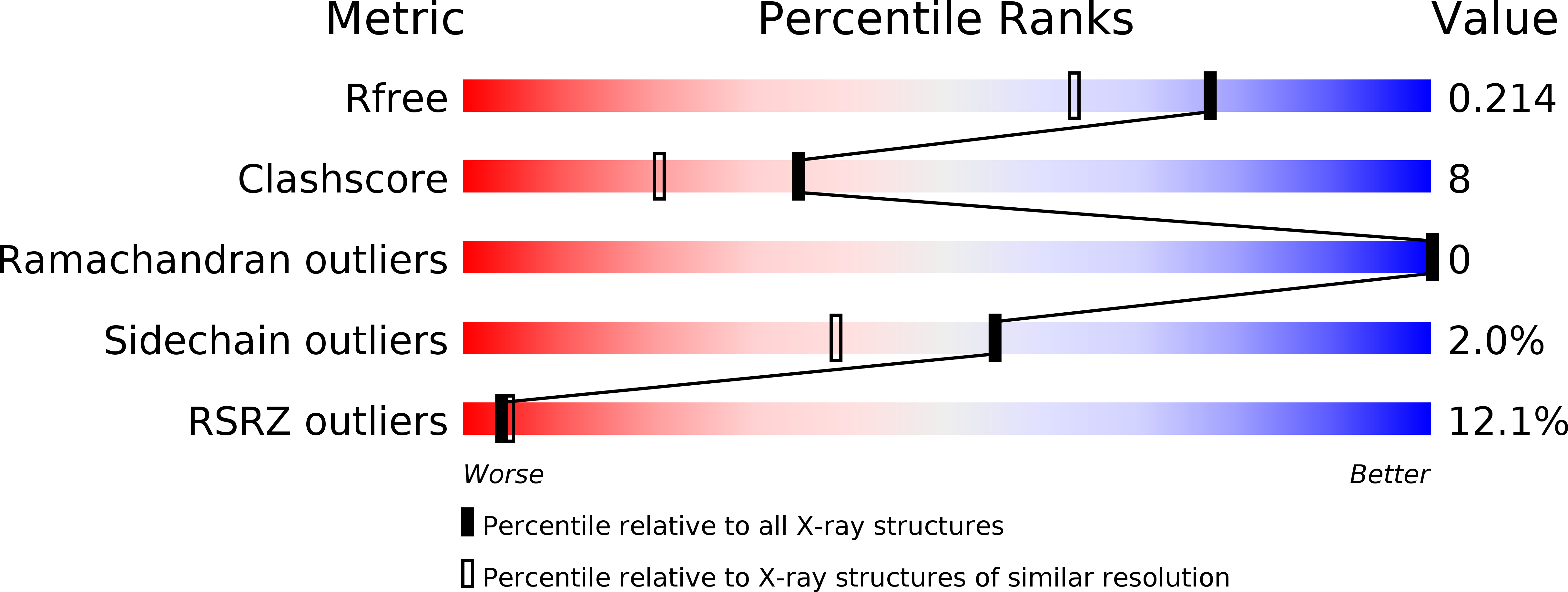
Deposition Date
2001-09-03
Release Date
2001-11-21
Last Version Date
2024-02-07
Method Details:
Experimental Method:
Resolution:
1.70 Å
R-Value Free:
0.20
R-Value Work:
0.17
R-Value Observed:
0.17
Space Group:
P 41 21 2


